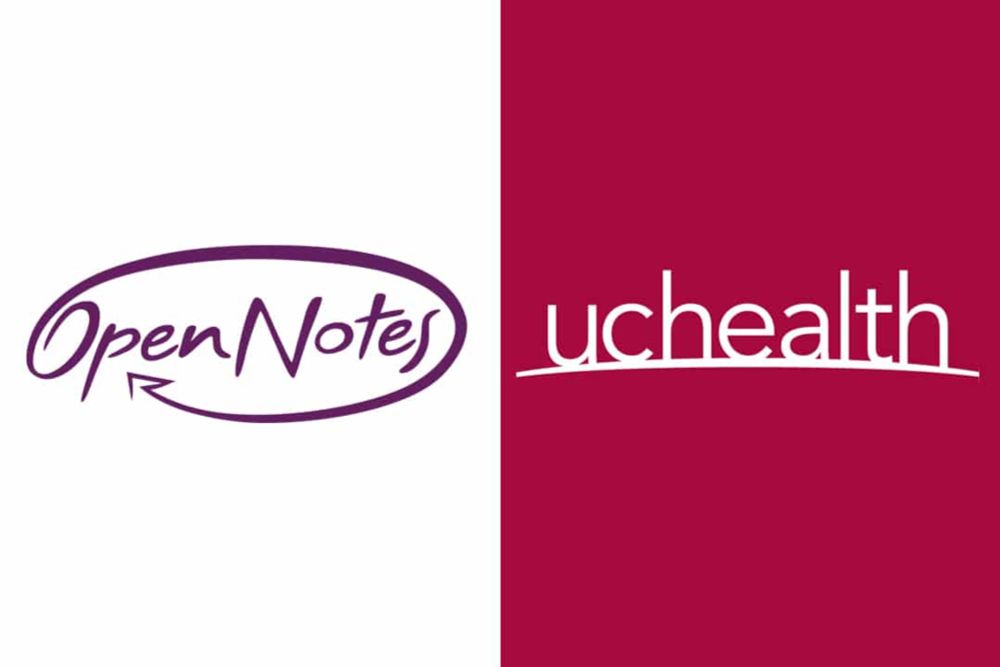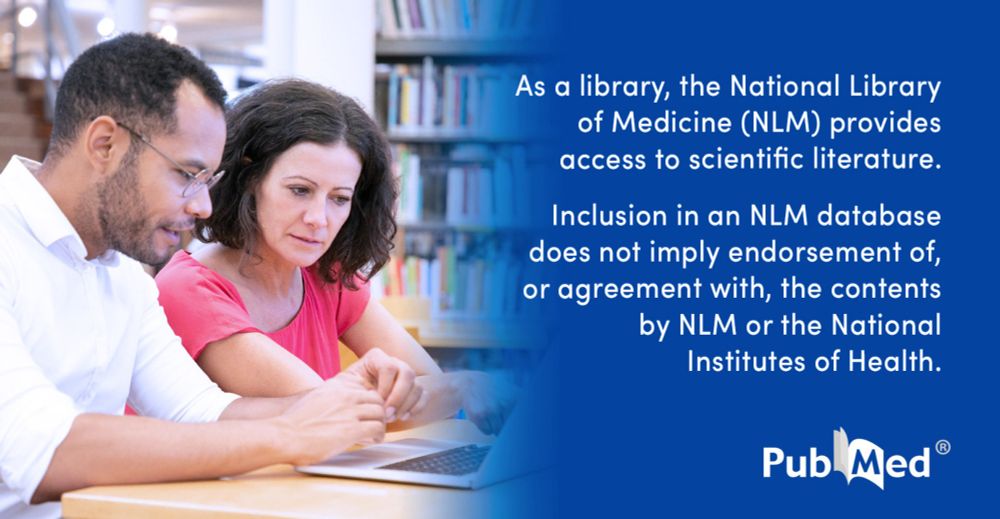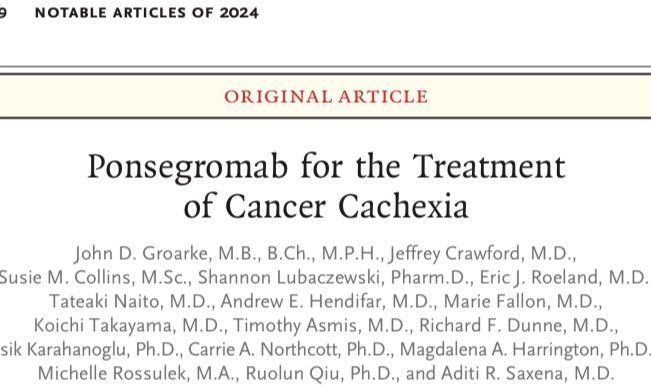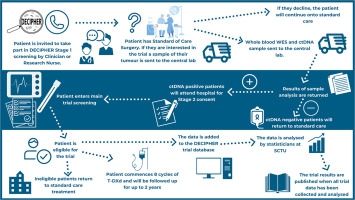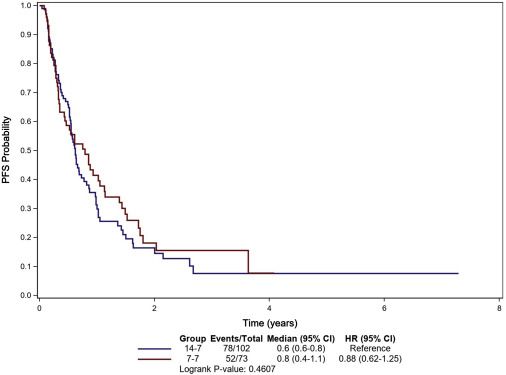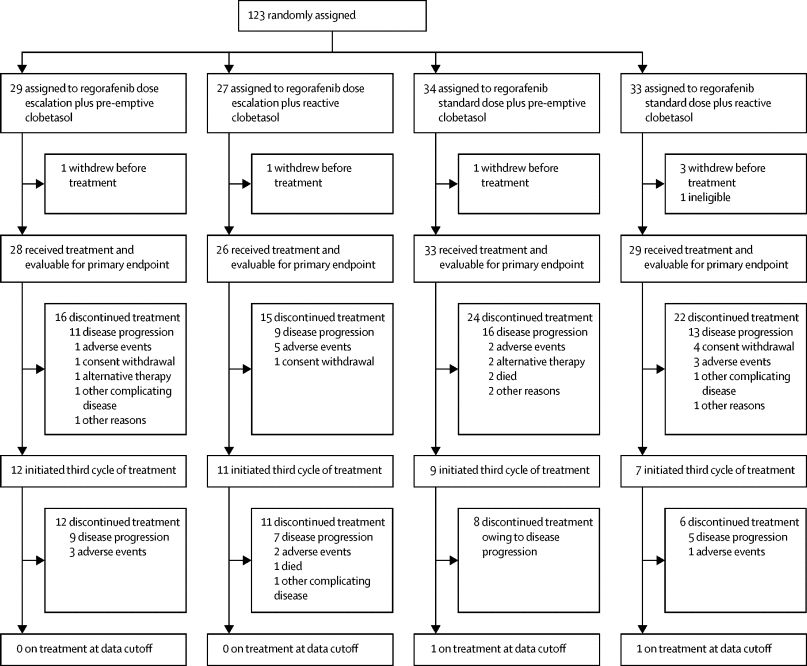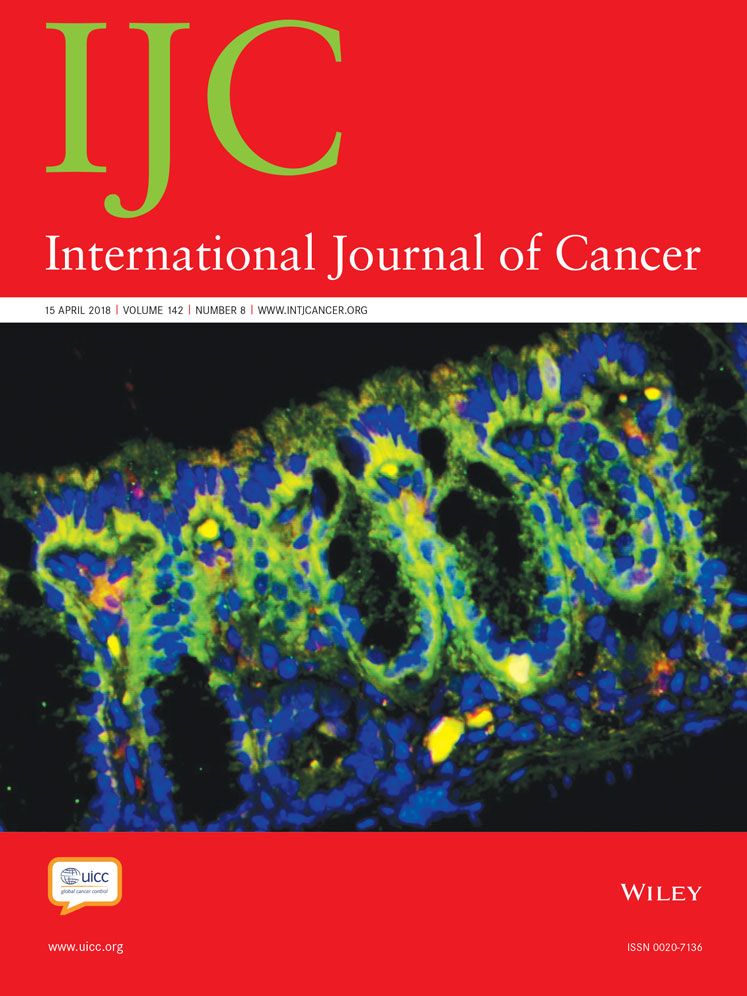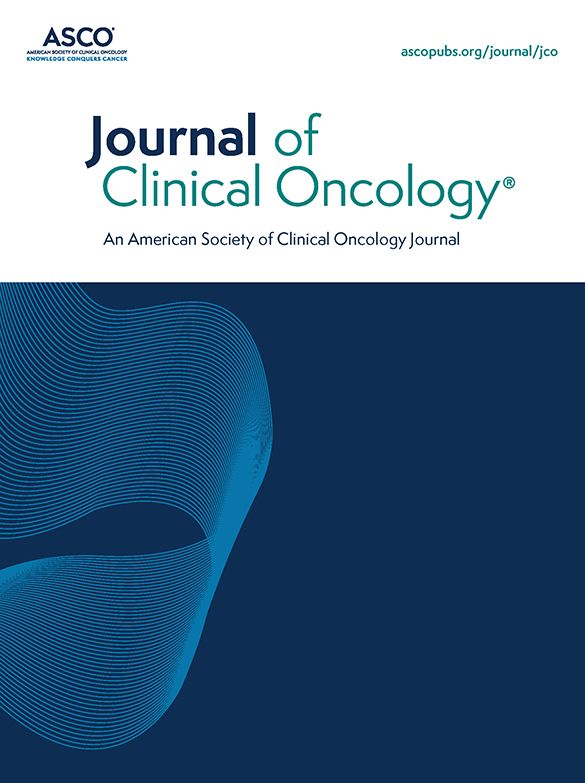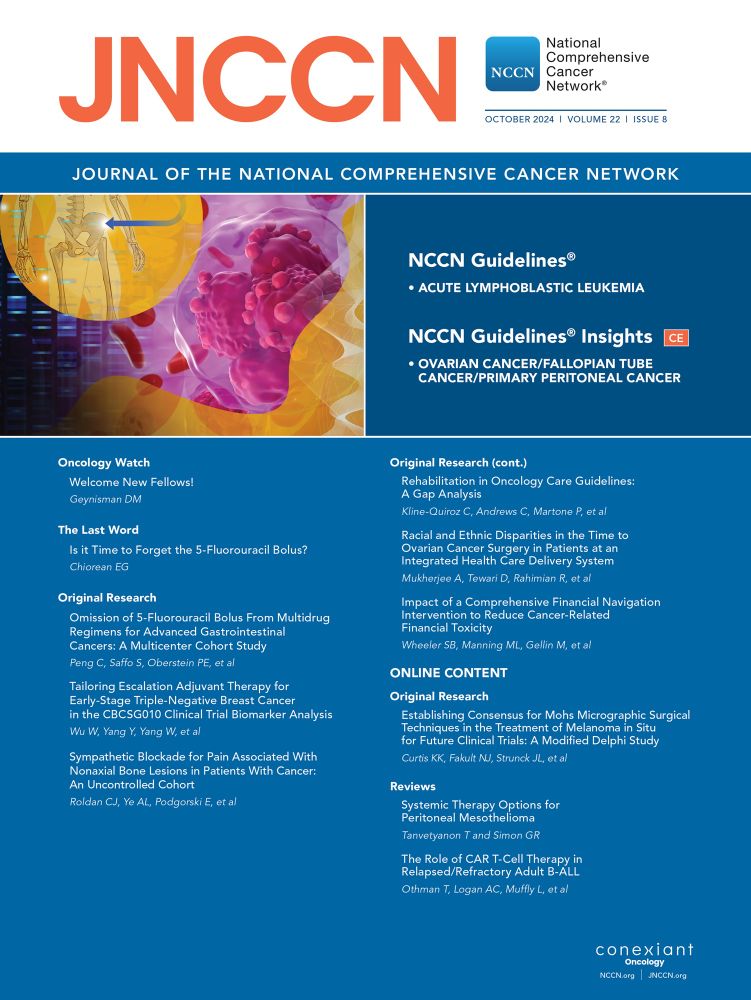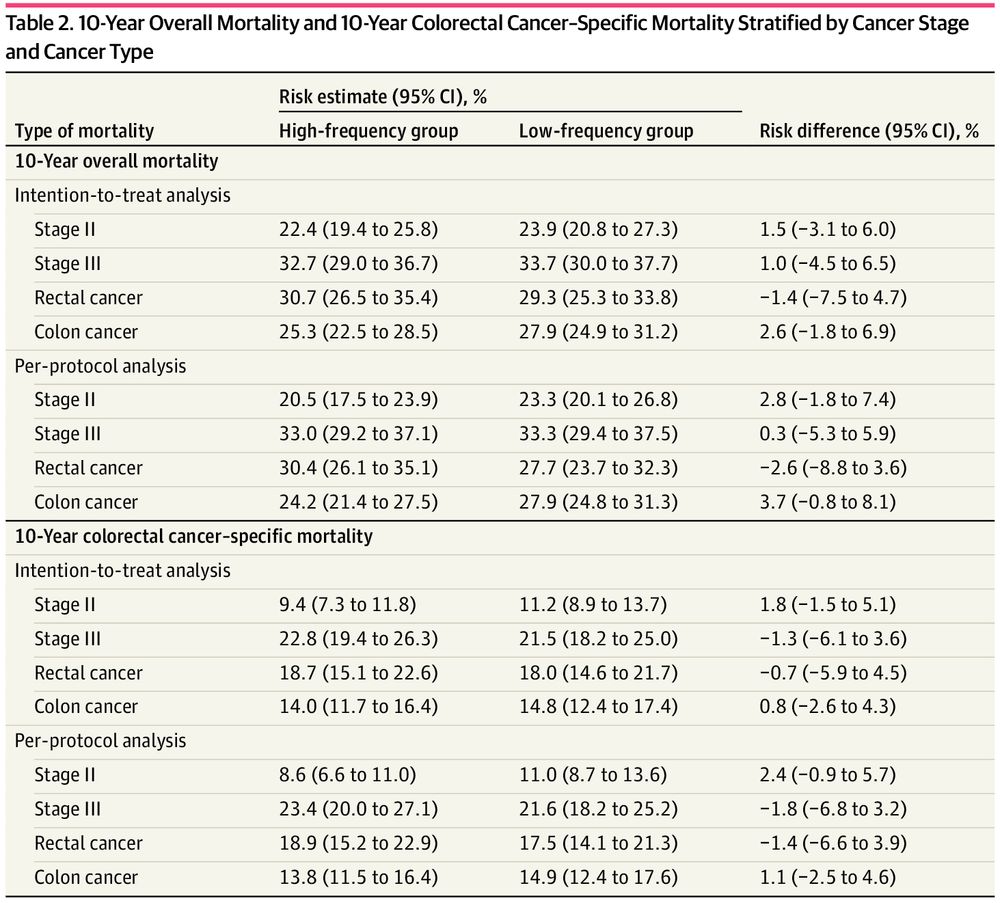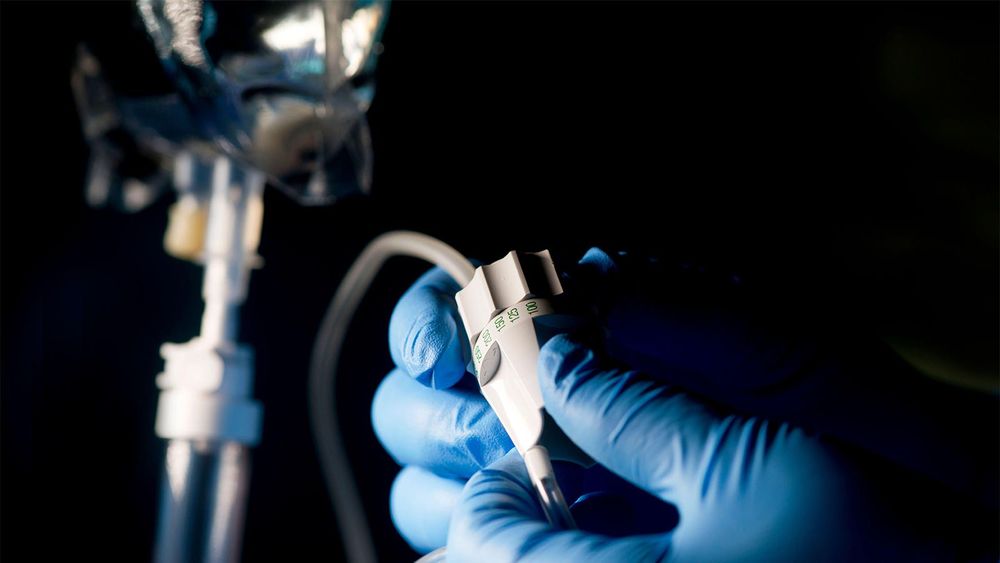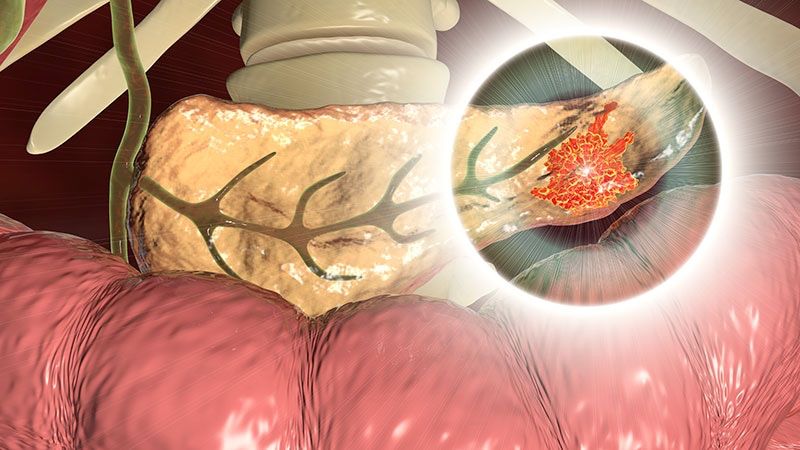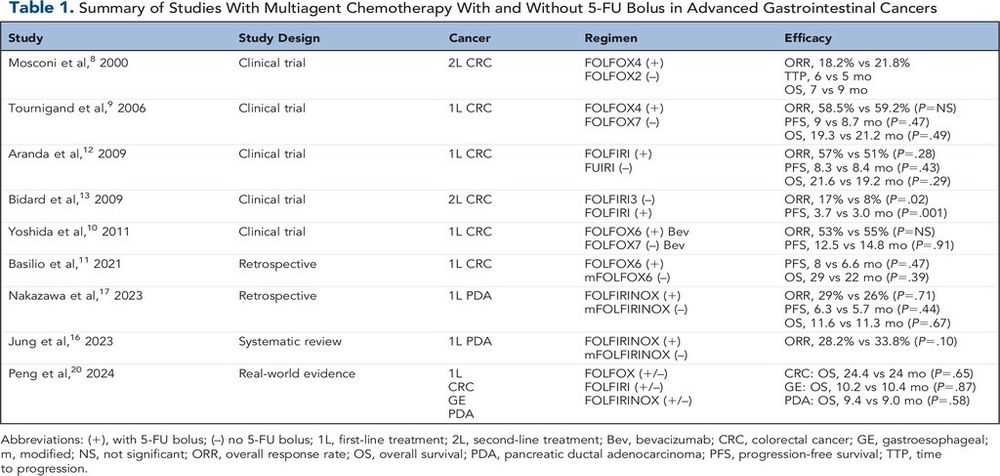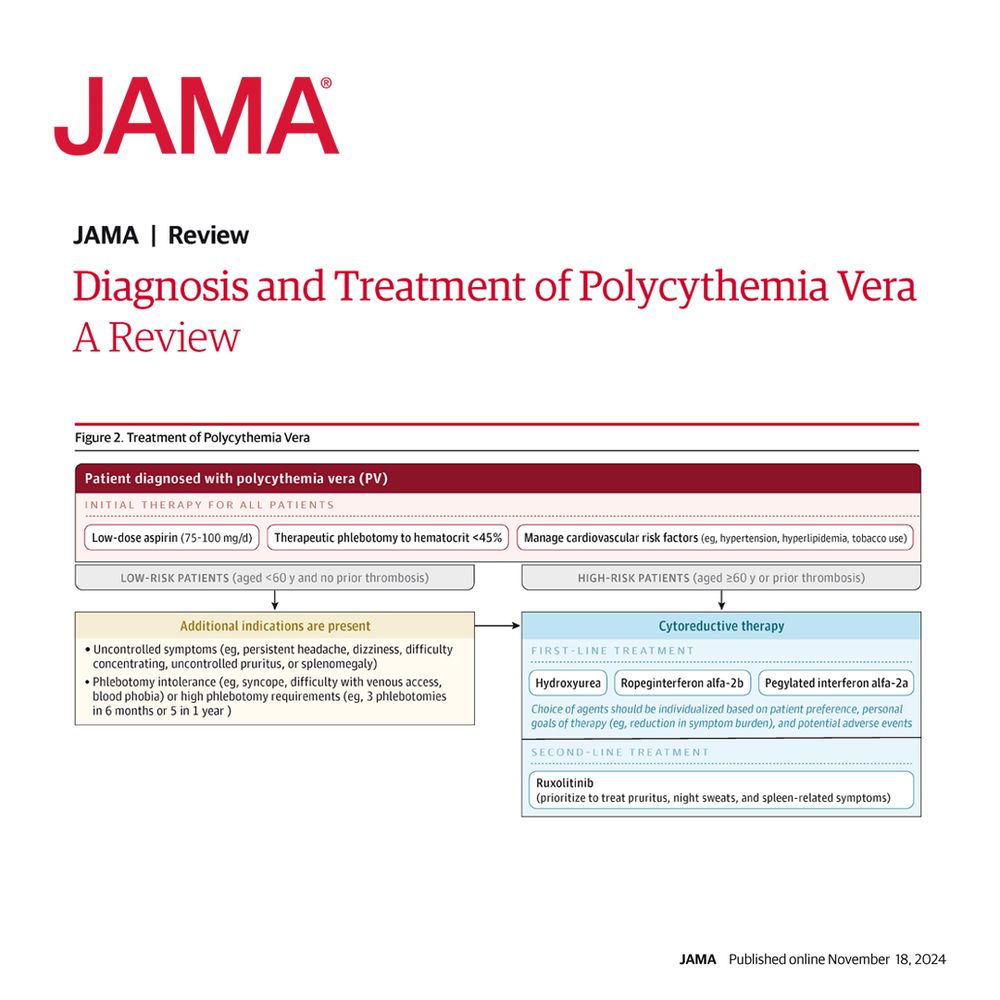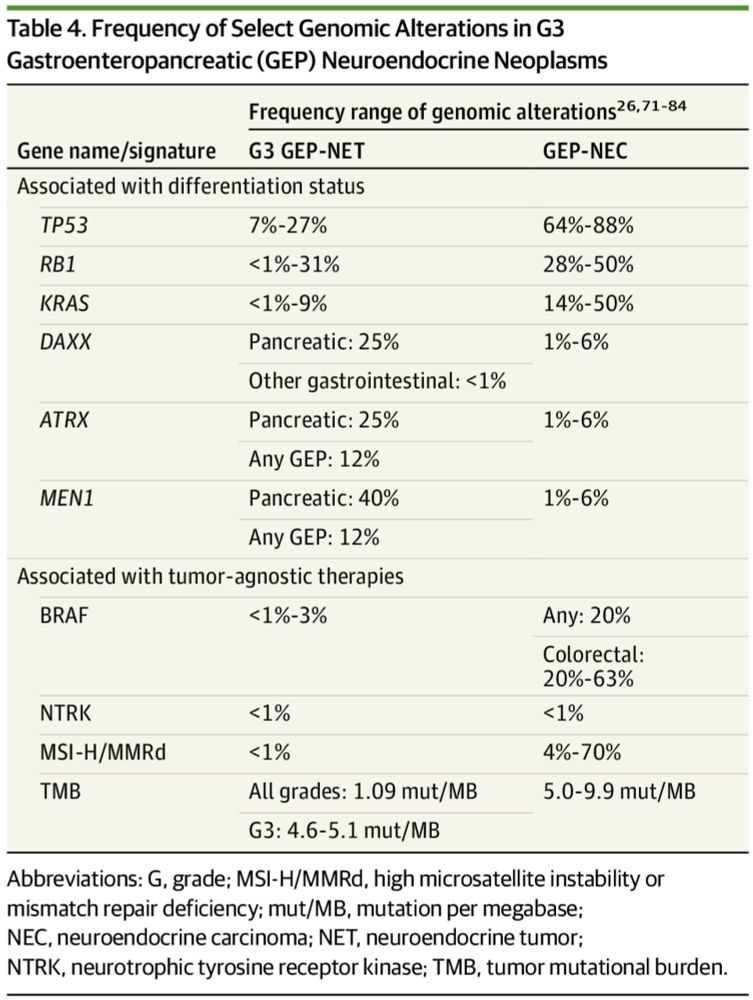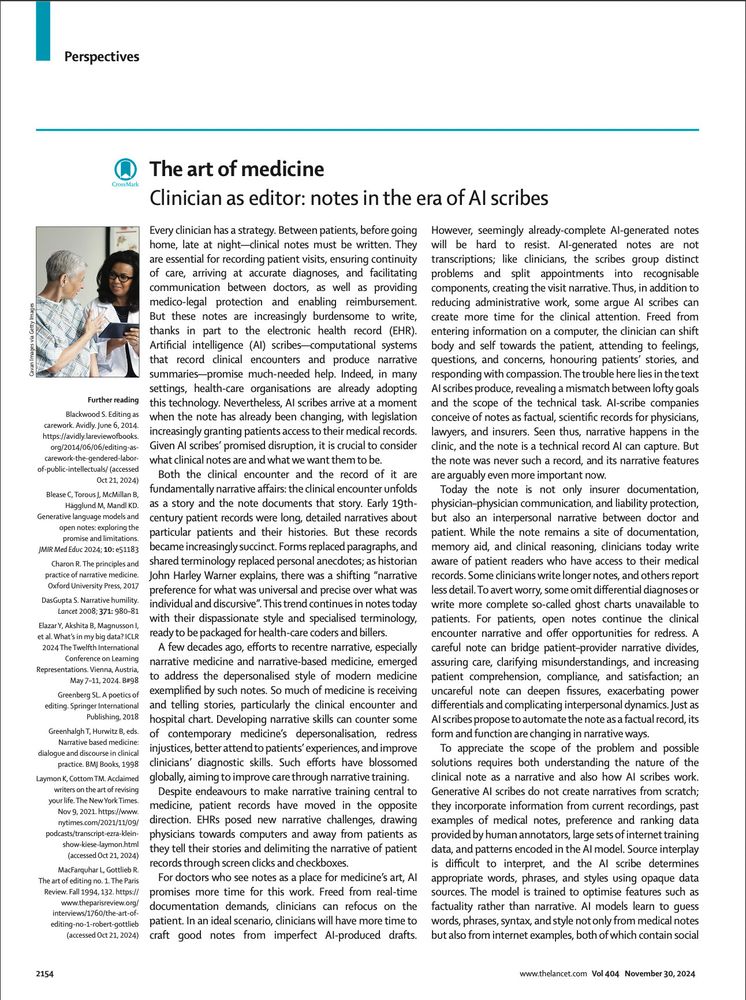
Clinician as editor: notes in the era of AI scribes Every clinician has a strategy. Between patients, before going home, late at night—clinical notes must be written. They are essential for recording patient visits, ensuring continuity of care, arriving at accurate diagnoses, and facilitating communication between doctors, as well as providing medico-legal protection and enabling reimbursement. But these notes are increasingly burdensome to write, thanks in part to the electronic health record (EHR). Artificial intelligence (AI) scribes—computational systems that record clinical encounters and produce narrative summaries—promise much-needed help. Indeed, in many settings, health-care organisations are already adopting this technology. Nevertheless, AI scribes arrive at a moment when the note has already been changing, with legislation increasingly granting patients access to their medical records. Given AI scribes’ promised disruption, it is crucial to consider what clinical notes are and what we want them to be. Both the clinical encounter and the record of it are fundamentally narrative affairs: the clinical encounter unfolds as a story and the note documents that story. Early 19th-century patient records were long, detailed narratives about particular patients and their histories. But these records promise and limitations. became increasingly succinct. Forms replaced paragraphs, and shared terminology replaced personal anecdotes; as historian practice of narrative medicine. John Harley Warner explains, there was a shifting “narrative preference for what was universal and precise over what was This trend continues in notes today with their dispassionate style and specialised terminology, ready to be packaged for health-care coders and billers. A few decades ago, efforts to recentre narrative, especially narrative medicine and narrative-based medicine, emerged to address the depersonalised style of modern medicine exemplified by such notes. So much of medicine i…

biases—particularly troubling given medicine’s ongoing research and care disparities. AI-generated summaries can also hallucinate details, making up disturbing interactions if words or phrases resemble training data patterns and inserting inaccuracies. AI can introduce insensitive, incorrect, offensive, or stereotype-based language, gender misattribu- tion, and even diagnostic errors, a set of problems that will be magnified by automation bias—the bias to accept AI decisions and text as more authoritative than human ones. There are also unique challenges posed by the clinical encounter for AI because of, as machine learning researcher Juan Quiroz and his team put it, the “complex nature of the clinical environment and clinical conversation”. In his experience as a practising clinician who is piloting an AI scribe, one of us (IH) has noticed that AI scribes can miss information from longitudinal clinician–patient relationships and non-verbal communication. They sometimes make speech-to-text transcription errors, confuse the clinician’s story with the patient’s, include details not appropriate to the EHR, use potentially judgemental language, omit important details, add plausible but incorrect information, and overstep their purview, making diagnostic suggestions rather than generating summary. Accents make the speech- to-text transcription less accurate. Most AI scribes today work in limited languages. Some of these issues may improve, but the fundamental problem remains: open notes emphasise notes as interpersonal narrative just as AI scribes seek to automate the task. To counter these risks of automation, clinicians using AI scribes should view their new role as note editor—a transition best supported by training in editorial and narrative skills. Most immediately, seasoned clinicians will need to reduce transcription errors, odd word choices, extraneous details, and disclosures inappropriate for the record as well as adding missed details and often rewriting AI-ge…
So excited to see this collaboration with brilliant colleagues published in the Lancet today!
Here's our discussion of the humanities skills (esp. narrative + editing) healthcare practitioners will need in the age of AI scribes. @iandarin.bsky.social @mariaa.bsky.social @laurenfklein.bsky.social
